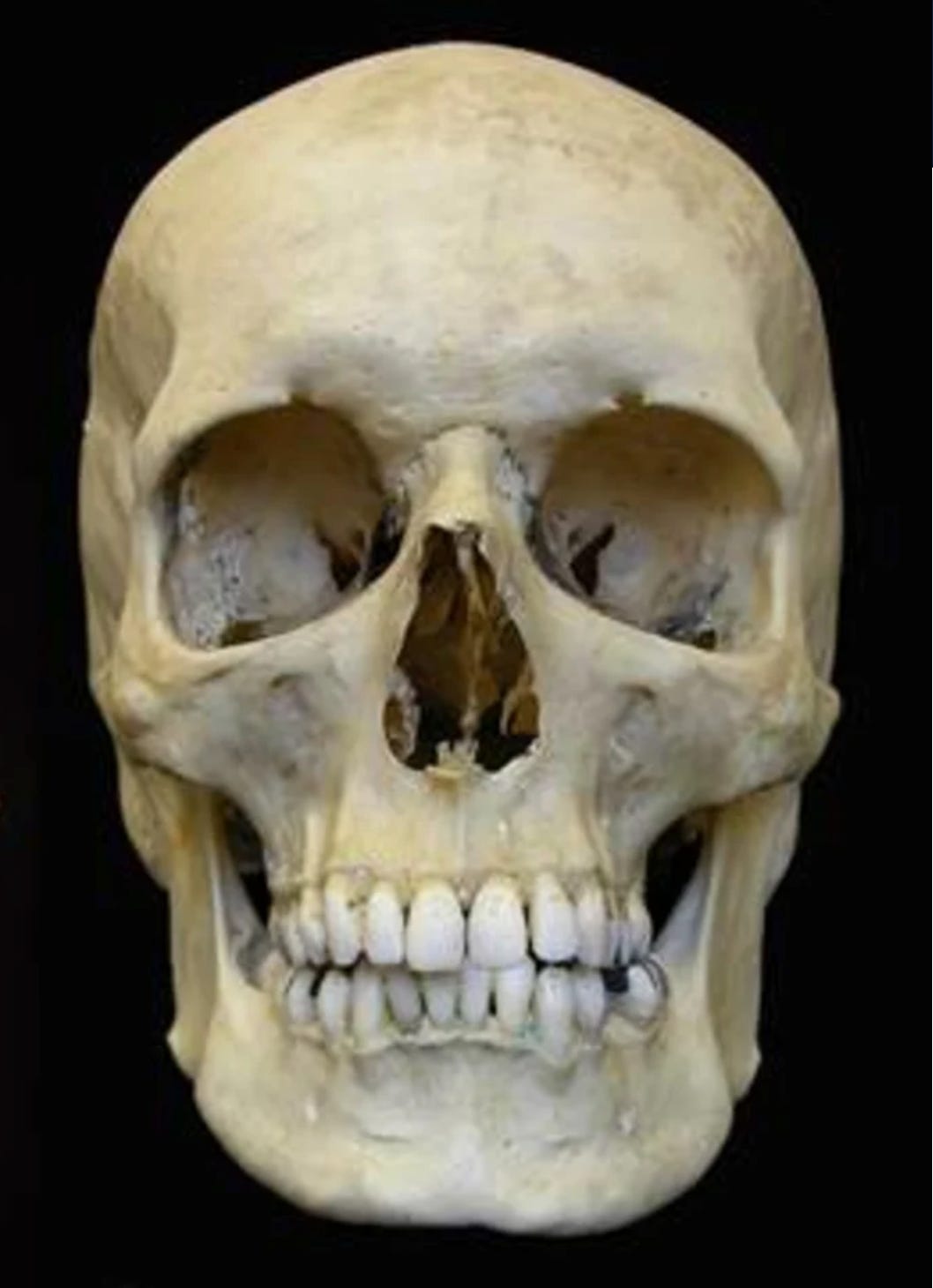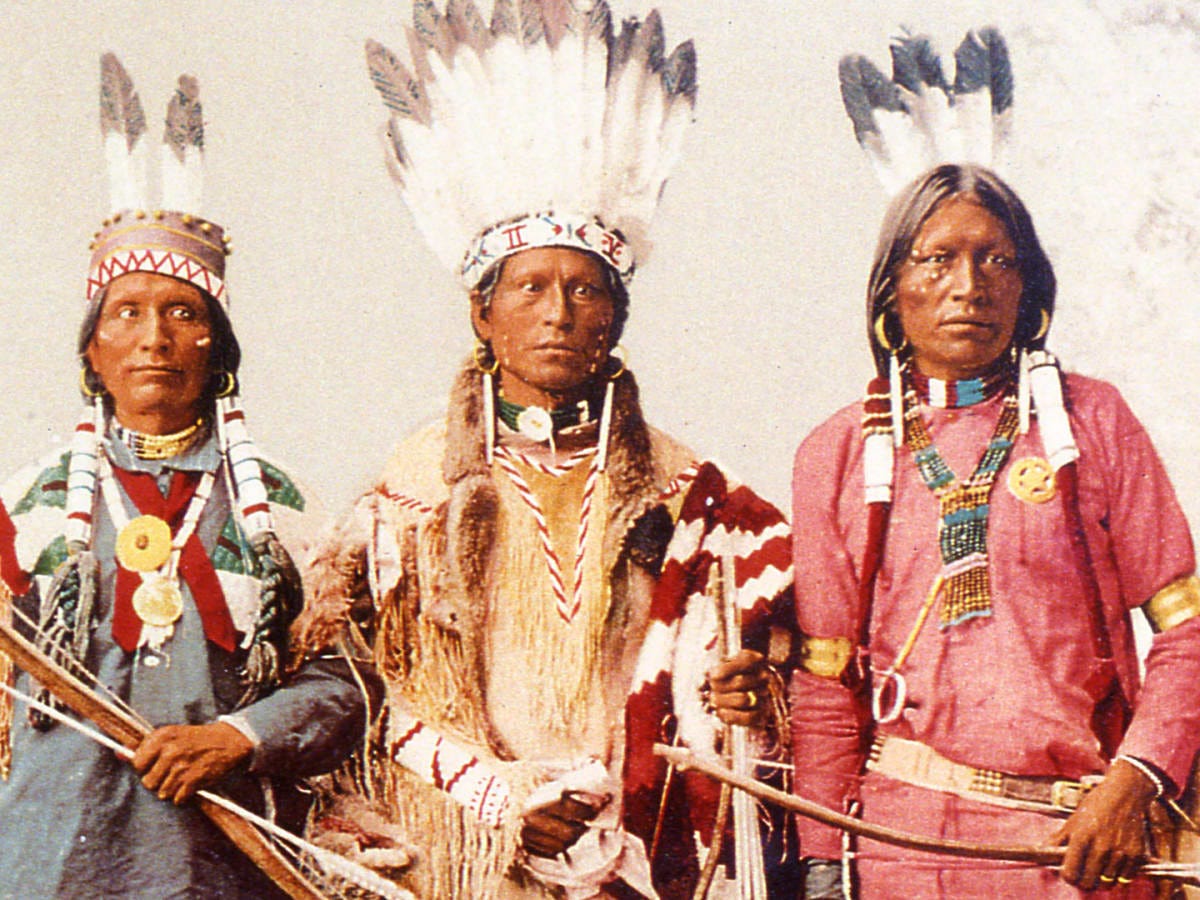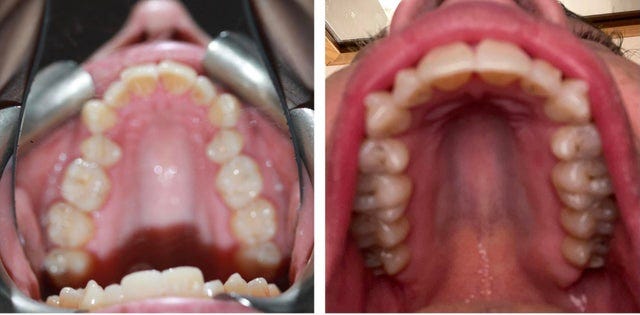Why meat can't be replaced
Our skulls may suffer from the recent relentless push for plant-based diets
Can meat be replaced? To some, the answer might seem like an obvious yes if you’re convinced of the viability of a vegan diet. Maker of the Beyond Burger, Ethan Brown claims that he can even replace meat with a single product.
What it means is that we’ve figured out a way to use science and technology to take all the core parts of meat, the amino acids, the lipids, trace minerals, the vitamins, combine those with water in the architecture of animal protein.
Perhaps a better question then would be, why do we even need meat in the first place? We need to rewind a bit.
In 1937, Dr. Earnest Hooton of Harvard University theorized that the declining health of our teeth was an indicator that the health of humanity as a whole was on the decline. He went as far as to say that if we can’t solve the root cause of crooked teeth, “the course of human evolution will lead down to extinction.” While that may sound dramatic, how can we say that we have totally nailed human nutrition if we can’t even get our mouths to form correctly? Any archeologist can tell you that there has been a drastic change in the health of faces and mouths. Paleoanthropologist Daniel Lieberman says in his book The Evolution of the Human Head that "...jaws and faces do not grow to the same size that they used to...”

Skulls have revealed that for a long time it was the normal for humans to have broad mouths that allowed for all the teeth to come in straight. As we transitioned to a more “modern” diet we ended up with smaller mouths … and more crooked teeth. Why crooked teeth happens is not much of a mystery - there’s simply not enough room for the teeth to come in, so they become crooked as they are squeezed into a tight space.
Take a look at these Native Americans’ broad faces - there is plenty room for all of their teeth. A broad face suggests a wide dental arch.
Profitt’s 1994 textbook on orthodontics said that as high as 2/3rds of Americans have crooked teeth. Based on studies from 2009 to 2019, the prevalence of children developing crooked teeth is 56% worldwide with a prevalence of 72% in Europe and 53% in America. *Hard to say if that’s an improvement in the American situation - it could simply be that the methods in Profitt’s textbook and that study are different.
So the question becomes: what could cause the dental arch to become small?
A respected dentist widely published in peer-review journals, Dr. Weston Price, was taking note of this trend. He noticed that during his career as a dentist, people’s teeth were becoming more crooked and people were getting more cavities.
Dr. Price spent 10 years in the early 1900’s traveling to 14 different countries to study peoples who were living on diets untampered by modern foodstuffs like refined grains, sugar or vegetable oil. He found a very clear pattern - the people who were living on their traditional diet were in good health and had notably good dental formation - they had broad dental arches, straight teeth and very little cavities. His work showed that the crowding of teeth couldn’t be due to genes, because often he found pairs of people from the same region where one group on traditional foods had great teeth, and another group eating modern foods had cavity ridden, crooked teeth. The people who switched to the modern food had anywhere from 5 times to more than 30 times the incidence of cavities of their counterparts.(S)
Keep reading with a 7-day free trial
Subscribe to Joseph Everett’s WIL Newsletter to keep reading this post and get 7 days of free access to the full post archives.














